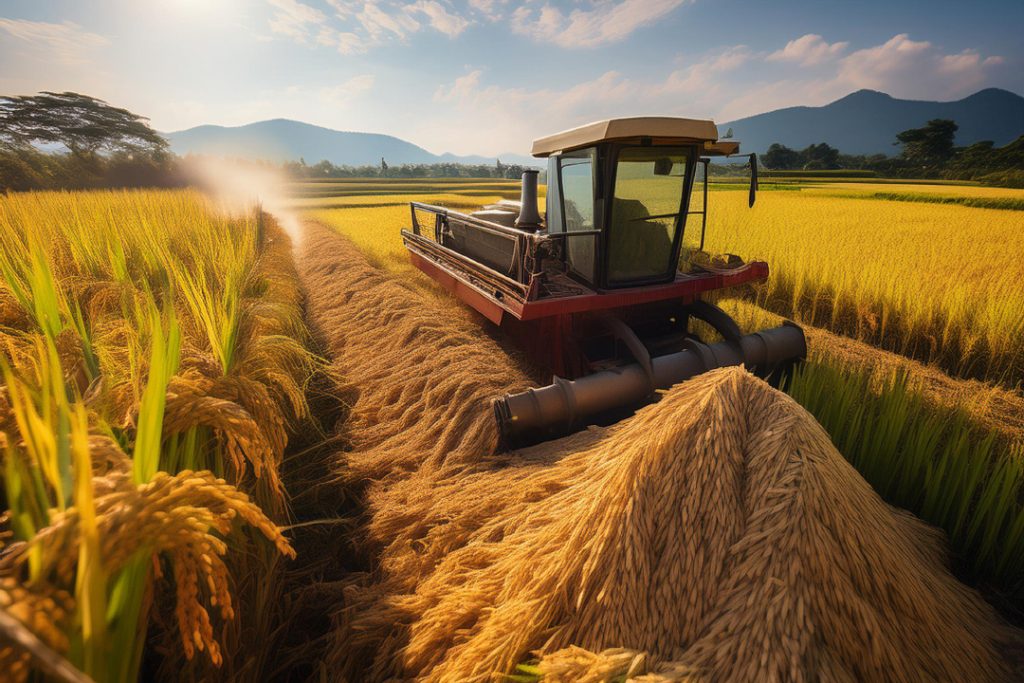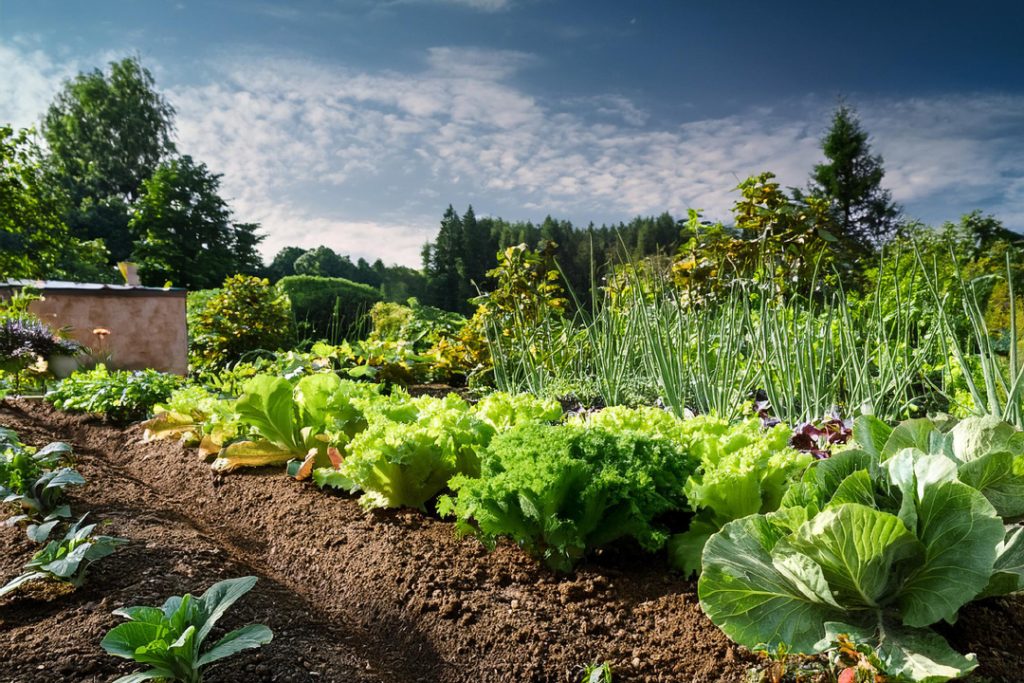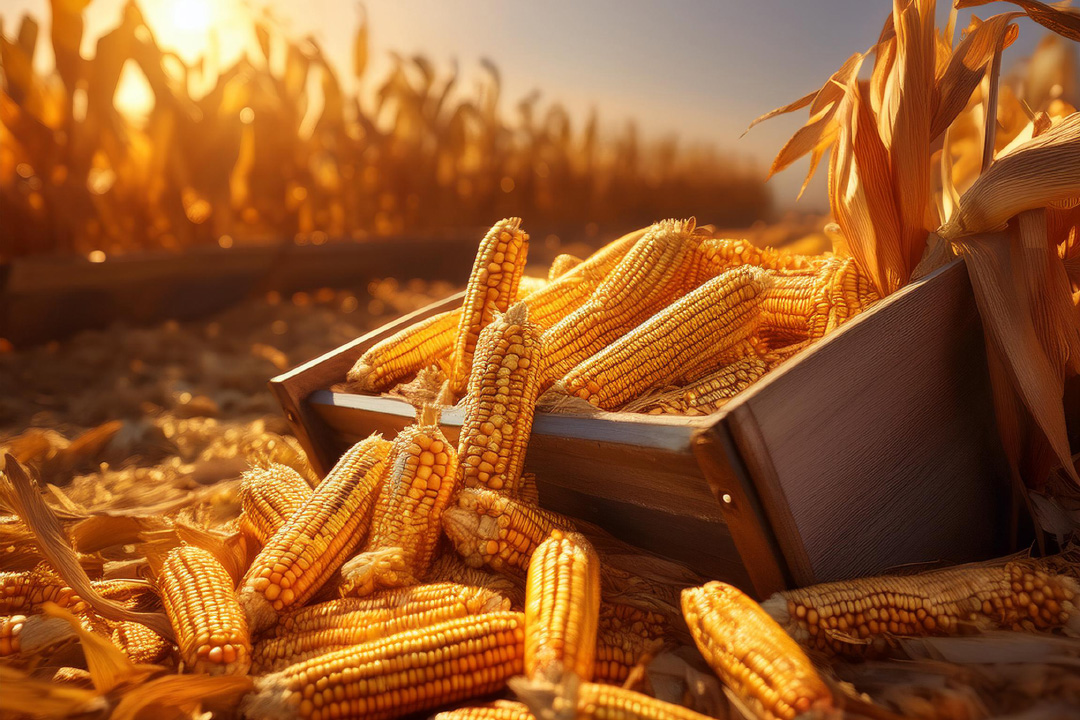Sustainable Farming: The Way Forward
Sustainable farming is about keeping our planet happy, crops thriving, and wallets healthy. We’re talking about growing food today without messing it up for tomorrow.
Why Should We Care About Sustainable Farming?
Good question! Think of sustainable farming as the superhero plan to handle the big villains—environmental harm, waste of resources, and let’s not forget rising costs.
Top Reasons Sustainable Farming is a Game Changer
- Love for the Planet: Keeps soil where it belongs, cuts down on water pollution, and lets plants and critters flourish.
- Weather Warrior: Helps farms survive crazy weather like heatwaves and heavy rains.
- Resource Smart: Uses water, energy, and other inputs wisely, saving money and reducing waste.
| What’s the Deal? | Regular Farming | Sustainable Farming |
|---|---|---|
| Soil Keeping | Lots of erosion | Holds soil in place |
| Water Drinking | Guzzles water | Sips efficiently |
| Crop Party | One kind of crop | Mixes it up |
How Does Sustainable Farming Benefit Us All?
Sustainable farming isn’t just good for farmers; it’s a win for everyone. It boosts the environment, the economy, and society.
Environmental Wins
- Happy Soil: Rotating crops and using organics make soil healthier.
- Water Savings: Fancy methods like drip watering and catching rain make every drop count.
- Clean and Green: Less chemical junk means cleaner water and air.
Economic Wins
- Savings Galore: Using less stuff cuts down on costs.
- New Markets: More people want eco-friendly food, leading to new business opportunities.
| Benefit | Explanation |
|---|---|
| Happy Soil | Better soil health and fertility |
| Water Savings | Smart water use |
| Savings Galore | Cuts down expenses |
| New Markets | Open doors to eco-friendly lovers |
Social Wins
- Food Security: Ensures a steady stream of healthy food.
- Community Boost: Creates jobs and gets locals involved.
- Spread the Word: Educates everyone about going green. Check out more on community involvement.
By switching to sustainable farming, farmers help create a greener environment, steady economy, and fairer society. These practices help tackle things like global warming and keep our planet safe for the long run.

Soil Health and Conservation
Healthy soil is like the unsung hero of sustainable farming. It ensures crops get the good stuff they need to thrive. Plus, saving soil from wear and tear means we can keep farming for years to come without hitting rock bottom… literally.
Why Soil Health Matters
Good soil is the backbone of farming. It helps plants grow strong, cycles nutrients like a champ, and even traps carbon, playing a big part in fighting climate change. Knowing why healthy soil matters pushes farmers to use techniques that keep their dirt in top shape for the long haul.
The perks of healthy soil:
- More nutrients for plants
- Better water holding and drainage
- Less erosion
- Boosted soil life
| Benefit | What it does |
|---|---|
| Nutrient Availability | Offers essential nutrients for crop growth |
| Water Retention | Keeps moisture in, cutting down on watering needs |
| Less Erosion | Stops topsoil loss, saving soil richness |
| Biological Activity | Fosters microorganisms that enhance soil structure and nutrient flow |
Tips for Keeping Soil Happy

There are a bunch of ways to keep soil from going bad and maintain its health. These methods make it easier to farm successfully without wrecking the dirt.
- Crop Rotation: Switch up plants each season to keep soil fertile and pests at bay.
- Cover Crops: Use plants like legumes or grasses to protect soil and add organic material.
- Contour Plowing: Plow sideways along hills to cut down on water runoff and erosion.
- Conservation Tillage: Till less often to keep soil structure intact and prevent erosion.
| Method | Advantages |
|---|---|
| Crop Rotation | Boosts soil nutrients, messes up pest patterns |
| Cover Crops | Stops erosion, builds organic matter |
| Contour Plowing | Cuts runoff, fights erosion |
| Conservation Tillage | Keeps soil structure, lessens erosion |
Farmers can mix these techniques with other green farming practices to step up soil health. Using good soil conservation methods not only keeps farms productive but also helps tackle big issues like climate change.
Smart Water Use in Farming
Making Every Drop Count
Water’s getting tighter, all thanks to climate change causes and growing demands. So, every drop needs to work harder on the farm. Here’s how farmers are whipping their water usage into shape:
- Drip Irrigation: Think of it as a plant spa day—water goes straight to the roots via pipes and tubes. This way, no drop gets wasted, and plants drink just what they need.
- Sprinkler Systems: Like a garden hose on steroids, sprinklers spread water evenly across fields. They mimic rain but need careful steering to avoid evaporation and runoff.
- Soil Moisture Sensors: These gadgets are like the Goldilocks of irrigation—making sure the soil moisture is “just right.” They alert farmers to water only when needed, saving water and preventing soggy roots.
- Rainwater Harvesting: Instead of letting rainwater wash away, farmers catch and store it for dry spells. Especially handy in places with seasonal downpours.
Saving Water for the Long Haul
For agriculture to survive and thrive, here’s how we ensure every trickle counts:
- Cover Cropping: Think of it as giving your fields a cozy blanket. Cover crops like grasses and legumes help keep soil in place and lock in moisture.
- Mulching: Mulch does wonders! It keeps the soil wet, controls temperature, and fends off weeds. Organic mulch like straw gets a big thumbs-up.
- Contour Plowing: Instead of fighting nature, go with the flow. Plowing along the natural curves of your land reduces runoff and encourages water to seep into the soil.
- Crop Rotation: Mixing it up with different crops keeps the soil healthy and better at holding moisture. Diverse crops mean diverse root systems, each with unique water needs.
- Terracing: On hilly ground? Create leveled sections to slow water runoff and improve water penetration. Like building steps for water to mosey down rather than rush.
| Water-Saving Hack | Why It Rocks |
|---|---|
| Cover Cropping | Less erosion, better moisture |
| Mulching | Moisture retention, temperature control, fewer weeds |
| Contour Plowing | Less runoff, better soil soaking |
| Crop Rotation | Healthier soil, keeps moisture longer |
| Terracing | Slows runoff, helps water penetrate |
Using these methods ensures farming stays eco-friendly and efficient. These tips don’t just save water—they can make land more resilient and productive. Want to see how environmental shifts affect farming? Check out our article on global warming’s impact.
Feel free to dive into these techniques—they’re as practical as they sound, and the future will thank you for it.
How Biodiversity Keeps Farms Thriving
Why Biodiversity is the Secret Ingredient in Sustainable Farming
Biodiversity isn’t just a buzzword; it’s the backbone of sustainable agriculture. Imagine a farm teeming with a mix of plants, animals, and friendly bugs all working together like a dream team. This variety of life helps pollinate plants, control annoying pests, and keep the soil rich and fertile.
Got pests? No problem. A biodiverse setup means pesky critters don’t stand a chance against natural predators. Have a freak weather change? Diverse ecosystems bounce back quicker. With climate change knocking at our doors, robust biodiversity is like having a safety net for crops, boosting yields and even cutting down on the need for nasty chemicals.
Easy Ways to Boost Farm Ecosystems
Want to keep your farm looking sharp and eco-friendly? Check out these simple practices that do wonders for the environment and your business.
| Practice | What’s the Deal? |
|---|---|
| Agroforestry | Mix trees and shrubs with crops and livestock to create a wildlife paradise and improve farm resilience. |
| Crop Rotation | Switch up the crops you plant to keep the soil happy and critter-free. |
| Conservation Tillage | Skip the heavy plowing to keep your soil structure strong and moisture levels high. |
| Organic Farming | Stick to natural methods – your soil (and wallet) will thank you for saying no to synthetic chemicals. |
| Cover Cropping | Grow cover crops to give your soil and helpful insects a boost while keeping erosion in check. |
Farmers using these methods can save ecosystems and their farm’s future. Curious about more eco-friendly practices? Check out our articles on renewable energy sources or dive into ocean acidification effects. It’s all about making small changes for a big impact.
Make your farm a biodiversity superstar – your planet, your crops, and your wallet will be all smiles.
Integrated Pest Management
Integrated Pest Management (IPM) is a big deal in the world of sustainable farming. It’s all about tackling pests in a way that’s kind to Mother Earth.
What’s Integrated Pest Management?
IPM is like a playbook for keeping pests in check while being kind to our planet and our health. Forget the old-school heavy use of chemical pesticides. IPM is about mixing things up with biological, cultural, physical, and yeah, a little bit of chemical help when needed.
Core Ideas of IPM:
- Monitoring: Keep an eye on the little critters and their effect on your crops.
- Identification: Know your enemy! Properly ID those pests to figure out how to best deal with them.
- Prevention: Use smart farming techniques like crop rotation and picking resistant crops to keep pests away.
- Control: Use a mix of physical, biological, and selective chemical methods as needed.
Going Green with Pest Control
Sustainable pest control means blending different methods to keep pests at bay while taking care of the environment. Here’s the scoop on some common IPM techniques:
Biological Control:
- Let nature do the work. Use natural predators or parasites to gobble up those pests.
Cultural Control:
- Shake things up. Rotate crops and manage sanitation and weeds to disrupt pests’ cozy homes.
Physical Control:
- DIY protection. Use traps and barriers to keep pests from having a snack on your crops.
Chemical Control:
- Use sparingly and smartly. Pick eco-friendly pesticides to avoid hurting beneficial insects and other non-target species.
Examples of Keeping Pests in Check:
| Method | How It Works |
|---|---|
| Biological Control | Release ladybugs to feast on aphids |
| Cultural Control | Rotate crops to confuse and combat specific pests |
| Physical Control | Use row covers to block insects |
| Chemical Control | Apply neem oil as a safer pesticide |
By following IPM, farmers can strike a balance between getting rid of pests and keeping farming practices sustainable. Curious about climate and green living? Check out our pieces on climate change and renewable energy.
Get Involved: Green Agriculture and Education
Getting the Community on Board with Sustainable Agriculture
So, let’s talk about why we need everyone in the town to pitch in when it comes to sustainable farming. When the whole community gets involved, it makes eco-friendly farming stick. Sharing tips, tools, and hands—yep, it takes a village to make this happen—and it’s better for the earth and our own backyard in the long run.
Here are some quick and easy ways to get folks onboard:
- Hands-On Workshops: Teach the locals about things like crop rotation and going organic. Bring everyone together to share what they know and learn new tricks.
- Community Gardens: Get everyone growing their own veggies. It’s a crash course in sustainability and a fantastic way to bond with neighbors.
- Partner Projects: Farmer co-ops, for example, are a way to share resources and learn from each other while sticking to sustainable methods.
| Getting Involved | Why It Rocks |
|---|---|
| Workshops | Learn and swap sustainable farming tips |
| Community Gardens | Get dirty and grow green together |
| Partner Projects | Share resources and strengthen community ties |
These activities help everyone feel responsible for keeping farming practices green. Plus, tackling issues together—like using renewable energy for the farm or dealing with how global warming messes with crops — just makes sense.
Growing Future Green Thumbs
The kids are the key to keeping sustainable agriculture alive and thriving. Teaching them now means they’ll be ready to take it on when it’s their turn. Here’s how we get them up to speed:
- School Programs: Stick some lessons on sustainable farming into their schoolwork so they’re learning it from day one.
- Farm Field Trips: Let them see for themselves how a sustainable farm ticks. Super eye-opening, right?
- Interactive Projects: Have the kids do hands-on stuff about what’s causing climate change and how we can fix it. It’s learning but also fun problem-solving.
| Teaching the Youngsters | How It Helps |
|---|---|
| School Programs | Start ’em young with green knowledge |
| Farm Field Trips | Real-life lessons on sustainable agriculture |
| Interactive Projects | Makes learning about climate change fun and practical |
Involving kids in these activities means they’ll be ready to spread the word and take action for the environment. Whether it’s learning about the impact of ocean acidification or other environmental issues, it’s all about giving them a full picture of why going green is important.
By teaching the next generation, we’re not just empowering them—we’re making sure the future stays sustainable. Let’s keep this ball rolling and do it together!
Here some recommended links selected for you: The Best Books of the Month, Todays best Deals at Amazon, Best Sellers in Cell Phones & Accessories and last but not least the easy and great way to send a gift for the holidays: Amazon.com eGift Card (Instant Email or Text Delivery).




